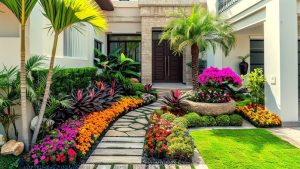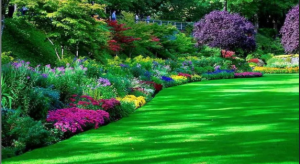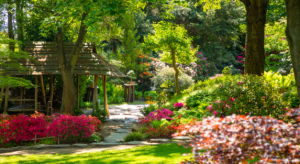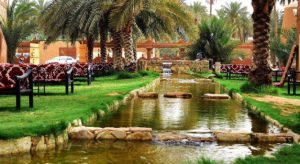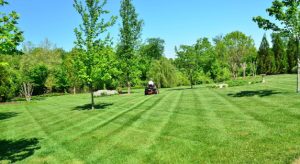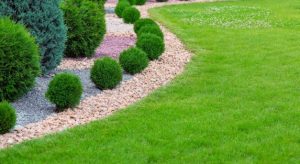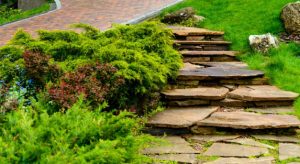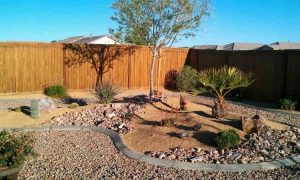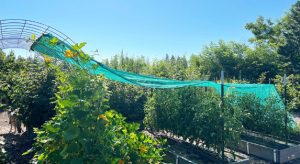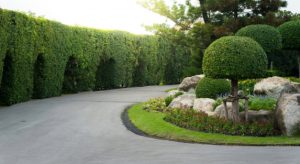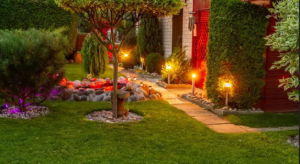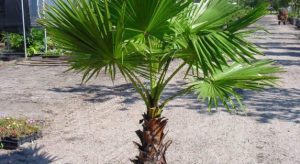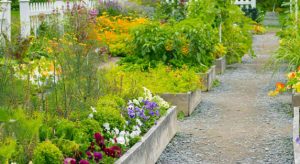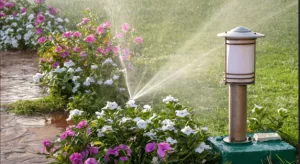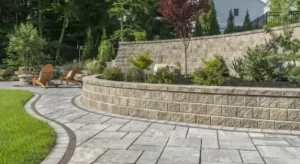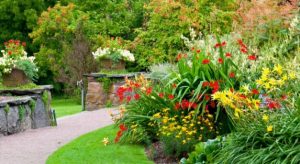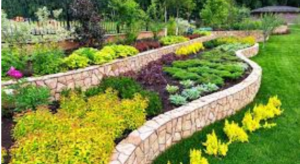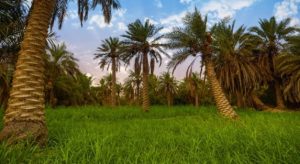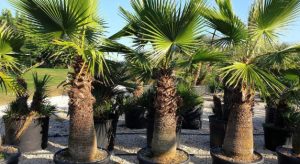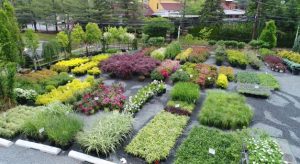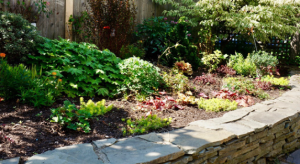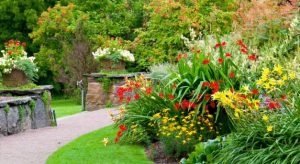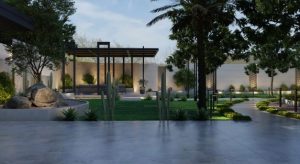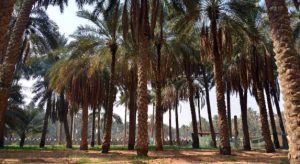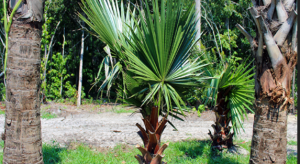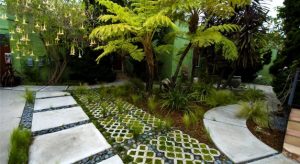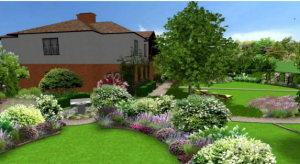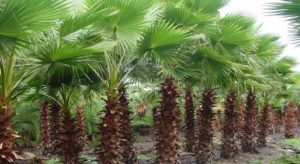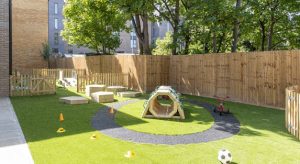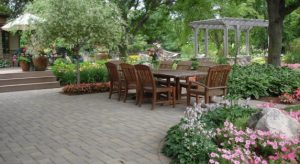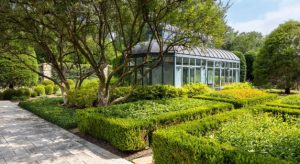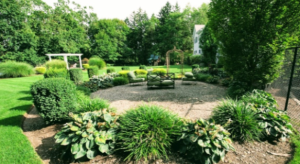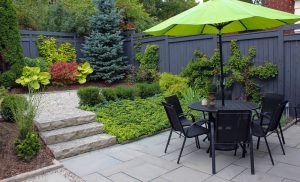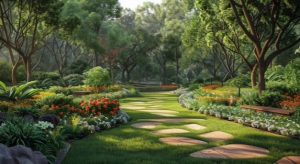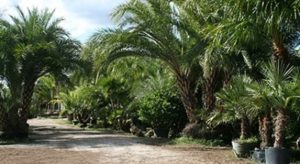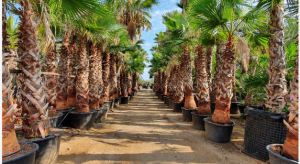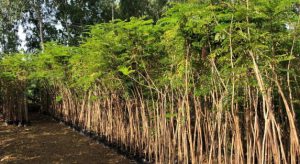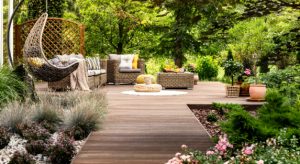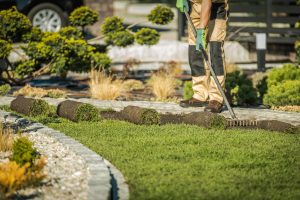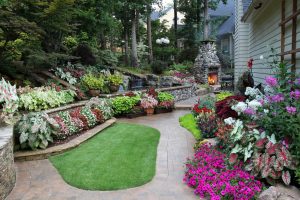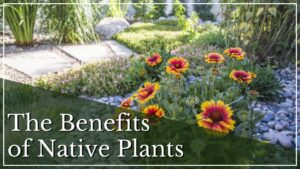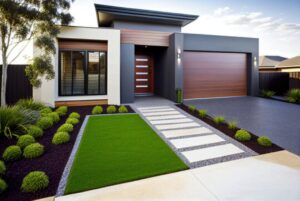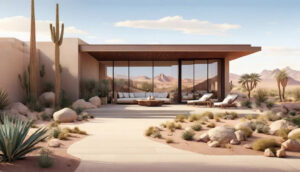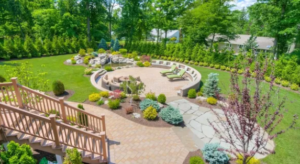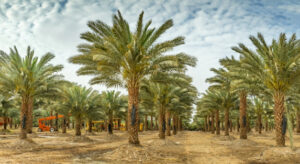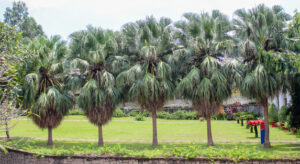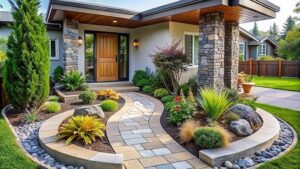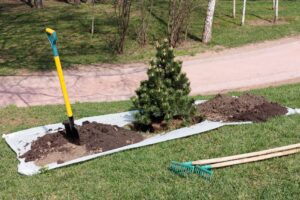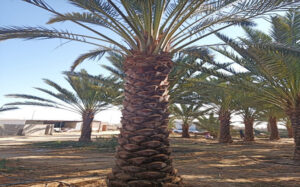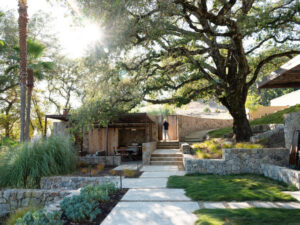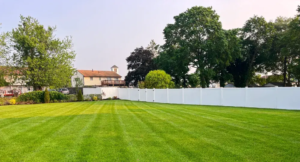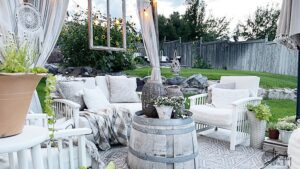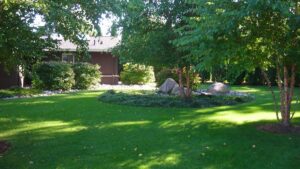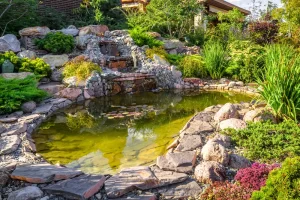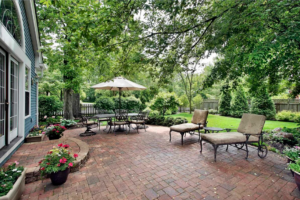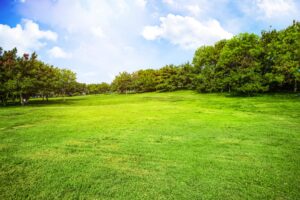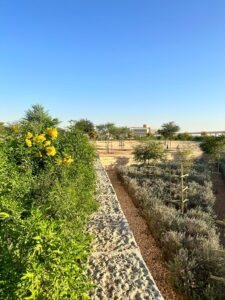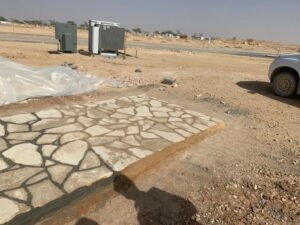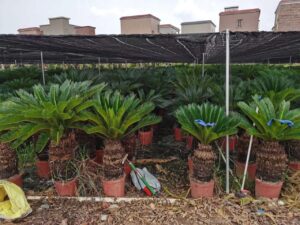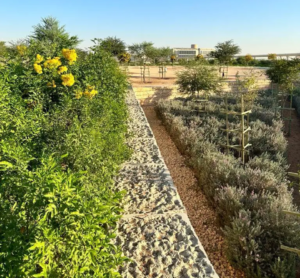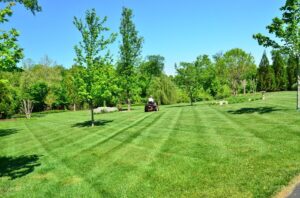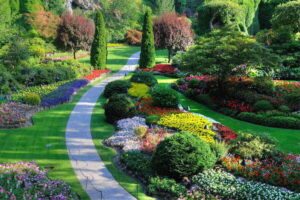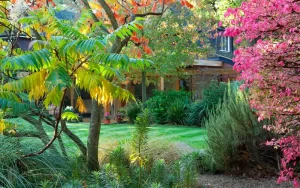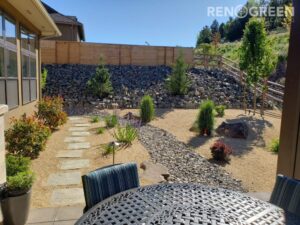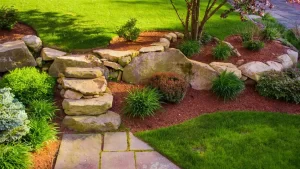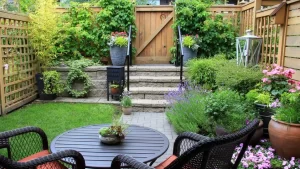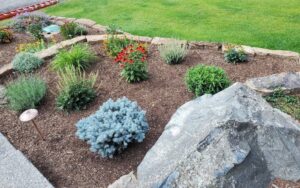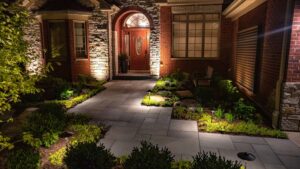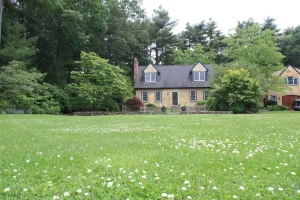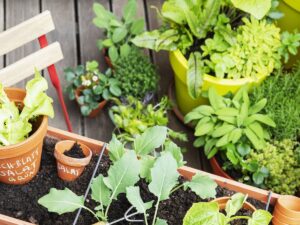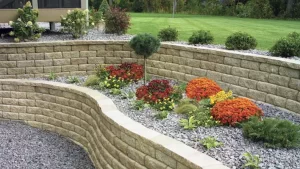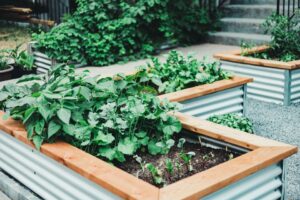Discover 9 Inspiring Landscaping Styles for Your Garden
22 October, 2024
Creating a beautiful garden involves more than just planting flowers and mowing the lawn. Landscaping is an art form that combines creativity, planning, and understanding of the natural environment. Whether you have a sprawling backyard or a cozy patio, the right landscaping style can transform your outdoor space into a personal oasis. In this article, we will explore nine inspiring landscaping styles that can enhance your garden's aesthetic and functionality. Each style brings its unique charm, so let’s dive in and discover the perfect landscaping approach for your home.
1. Traditional Landscaping
1.1 Characteristics
Traditional landscaping is characterized by its classic design elements, symmetry, and use of native plants. This style often incorporates features like:
- Formal Gardens: Neatly trimmed hedges, topiaries, and symmetrical flower beds.
- Pathways: Straight or curved pathways made of brick, stone, or gravel.
- Focal Points: Statues, fountains, or benches that serve as the centerpiece of the garden.
1.2 Benefits
- Timeless Appeal: The classic look never goes out of style.
- Increased Property Value: Well-maintained traditional landscaping can enhance the value of your property.
- Cultural Significance: Reflects local heritage and history, making it a meaningful addition to your home.
1.3 Tips for Implementation
- Choose plants that thrive in your local climate.
- Create symmetry with flower beds and pathways.
- Incorporate classic materials like brick and stone for pathways and borders.
2. Modern Landscaping
2.1 Characteristics
Modern landscaping embraces simplicity, clean lines, and a minimalist aesthetic. Key features include:
- Open Spaces: Large, unobstructed areas that create a sense of spaciousness.
- Geometric Shapes: Use of squares, rectangles, and other geometric forms in plant beds and hardscaping.
- Diverse Materials: Incorporating concrete, metal, and glass for a sleek, contemporary look.
2.2 Benefits
- Low Maintenance: Modern landscaping often requires less upkeep due to its minimalist design.
- Versatile: Can be adapted to various environments, from urban rooftops to suburban homes.
- Focus on Functionality: Prioritizes the usability of outdoor spaces, making them suitable for entertainment and relaxation.
2.3 Tips for Implementation
- Use a limited color palette for plants and materials.
- Incorporate modern furniture and fixtures for a cohesive look.
- Opt for drought-resistant plants to reduce maintenance.
3. Cottage Gardening
3.1 Characteristics
Cottage gardening is known for its informal, charming style filled with a mix of colorful flowers and lush greenery. Features include:
- Mixed Plantings: A variety of flowers, herbs, and shrubs planted closely together.
- Curved Pathways: Meandering paths that invite exploration.
- Rustic Elements: Use of wooden fences, trellises, and rustic furniture.
3.2 Benefits
- Natural Beauty: Creates a relaxed, inviting atmosphere.
- Biodiversity: Encourages pollinators and beneficial insects to thrive.
- Personalization: Allows for creative expression through plant selection and arrangement.
3.3 Tips for Implementation
- Select a mix of perennial and annual flowers for continuous blooms.
- Use containers and raised beds for added interest.
- Incorporate whimsical garden ornaments for a touch of charm.
4. Xeriscaping
4.1 Characteristics
Xeriscaping is a sustainable landscaping approach that minimizes water use by incorporating drought-resistant plants and efficient irrigation systems. Key features include:
- Native Plants: Use of local flora that requires less water and maintenance.
- Rock Gardens: Incorporating stones and gravel to create visually appealing, low-water areas.
- Efficient Irrigation: Drip irrigation systems and rainwater harvesting to maximize water efficiency.
4.2 Benefits
- Water Conservation: Significantly reduces water consumption, especially in arid climates.
- Low Maintenance: Requires less upkeep due to the hardiness of selected plants.
- Environmental Impact: Promotes ecological balance and supports local wildlife.
4.3 Tips for Implementation
- Research drought-tolerant plants that thrive in your region.
- Use mulch to retain soil moisture and suppress weeds.
- Incorporate hardscaping elements to reduce the amount of turf grass needed.
5. Mediterranean Landscaping
5.1 Characteristics
Mediterranean landscaping draws inspiration from the sunny coastal regions of southern Europe, featuring a warm and inviting atmosphere. Key elements include:
- Terracotta Pots: Colorful pots filled with vibrant flowers and herbs.
- Natural Stone: Use of stone walls, pathways, and patios to enhance the rustic feel.
- Drought-Tolerant Plants: Incorporating lavender, olive trees, and succulents.
5.2 Benefits
- Warm Aesthetic: Creates a relaxing, vacation-like atmosphere at home.
- Seasonal Interest: Offers year-round beauty with evergreen plants and seasonal blooms.
- Sustainability: Emphasizes low water usage and native plant selection.
5.3 Tips for Implementation
- Use color and texture to create depth and interest.
- Incorporate outdoor living spaces such as patios and dining areas.
- Select plants that thrive in your climate while echoing Mediterranean aesthetics.
6. Tropical Landscaping
6.1 Characteristics
Tropical landscaping evokes the lush, vibrant environments found in tropical regions. Key features include:
- Exotic Plants: Use of large-leaved plants, vibrant flowers, and palm trees.
- Water Features: Incorporation of ponds, fountains, or swimming pools to create a serene atmosphere.
- Lush Foliage: Dense planting to create a feeling of being enveloped in nature.
6.2 Benefits
- Vibrant Colors: Brings a splash of color and life to your garden.
- Relaxing Atmosphere: Creates a tranquil retreat for relaxation and enjoyment.
- Wildlife Habitat: Attracts birds and butterflies, enhancing the ecological value of your garden.
6.3 Tips for Implementation
- Create layers of plants for depth, using taller plants in the back and shorter ones in the front.
- Incorporate seating areas to enjoy the beauty of your tropical garden.
- Ensure proper drainage to accommodate the watering needs of tropical plants.
7. Zen Landscaping
7.1 Characteristics
Zen landscaping, or Japanese gardening, emphasizes simplicity, tranquility, and a harmonious relationship with nature. Key features include:
- Minimalism: Use of simple lines and few plant varieties to create a calming space.
- Natural Elements: Incorporation of rocks, gravel, and water to represent natural landscapes.
- Meditation Areas: Designated spaces for relaxation and reflection, often featuring benches or stone paths.
7.2 Benefits
- Stress Reduction: The tranquil environment promotes relaxation and mindfulness.
- Cultural Appreciation: Offers insight into Japanese culture and philosophy.
- Low Maintenance: Simplistic design often requires less upkeep compared to more complex gardens.
7.3 Tips for Implementation
- Use a limited color palette to create harmony.
- Incorporate natural materials such as bamboo and stone.
- Create balance with asymmetrical designs, emphasizing natural beauty.
8. Edible Landscaping
8.1 Characteristics
Edible landscaping combines aesthetics with functionality by incorporating food-producing plants into your garden design. Key features include:
- Fruit Trees and Shrubs: Incorporation of apple, cherry, or berry bushes.
- Vegetable Beds: Raised beds or vertical gardens for growing vegetables.
- Herb Gardens: Use of herbs in ornamental arrangements.
8.2 Benefits
- Sustainable Living: Promotes self-sufficiency and a connection to food sources.
- Visual Appeal: Edible plants can be as beautiful as ornamental ones, providing dual functionality.
- Environmental Impact: Supports biodiversity and attracts beneficial insects.
8.3 Tips for Implementation
- Choose companion plants that thrive together and enhance each other's growth.
- Designate specific areas for herbs, vegetables, and fruit to create a visually appealing layout.
- Incorporate decorative elements like trellises and garden art to enhance aesthetics.
9. Rustic Landscaping
9.1 Characteristics
Rustic landscaping embraces a natural, organic aesthetic that highlights the beauty of the outdoors. Key features include:
- Natural Materials: Use of wood, stone, and other natural elements in hardscaping.
- Wildflower Gardens: Incorporation of native plants and wildflowers for a casual look.
- Informal Layout: Curved paths and organic shapes create a relaxed atmosphere.
9.2 Benefits
- Connection to Nature: Promotes a sense of peace and tranquility in your outdoor space.
- Low Maintenance: Typically requires less upkeep due to the use of hardy, native plants.
- Personal Touch: Allows for creativity and expression through the use of natural materials.
9.3 Tips for Implementation
- Use reclaimed wood for garden beds, fences, or furniture to enhance rustic charm.
- Incorporate stones and boulders to create natural-looking features.
- Choose plants that blend harmoniously with the surrounding environment.
Conclusion
Choosing the right landscaping style for your garden can greatly enhance its beauty, functionality, and overall appeal. Whether you prefer the elegance of traditional landscaping or the vibrancy of tropical designs, each style offers unique benefits and opportunities for creativity. By understanding the characteristics and advantages of each landscaping approach, you can create a garden that reflects your personality and meets your needs. Embrace the art of landscaping and transform your outdoor space into a stunning retreat that you and your loved ones can enjoy for years to come!
- Fountain and Waterfalls
- Gardening
- hardscape
- Irrigation system
- Landscape
- Lawn
- Nursery
- Palm Tree
- Plantation and Maintenance
- softscape
- Tree Transplanting
- Washingtonian Tree
Categories
Latest Post
- Fountain and Waterfalls
- Gardening
- hardscape
- Irrigation system
- Landscape
- Lawn
- Nursery
- Palm Tree
- Plantation and Maintenance
- softscape
- Tree Transplanting
- Washingtonian Tree





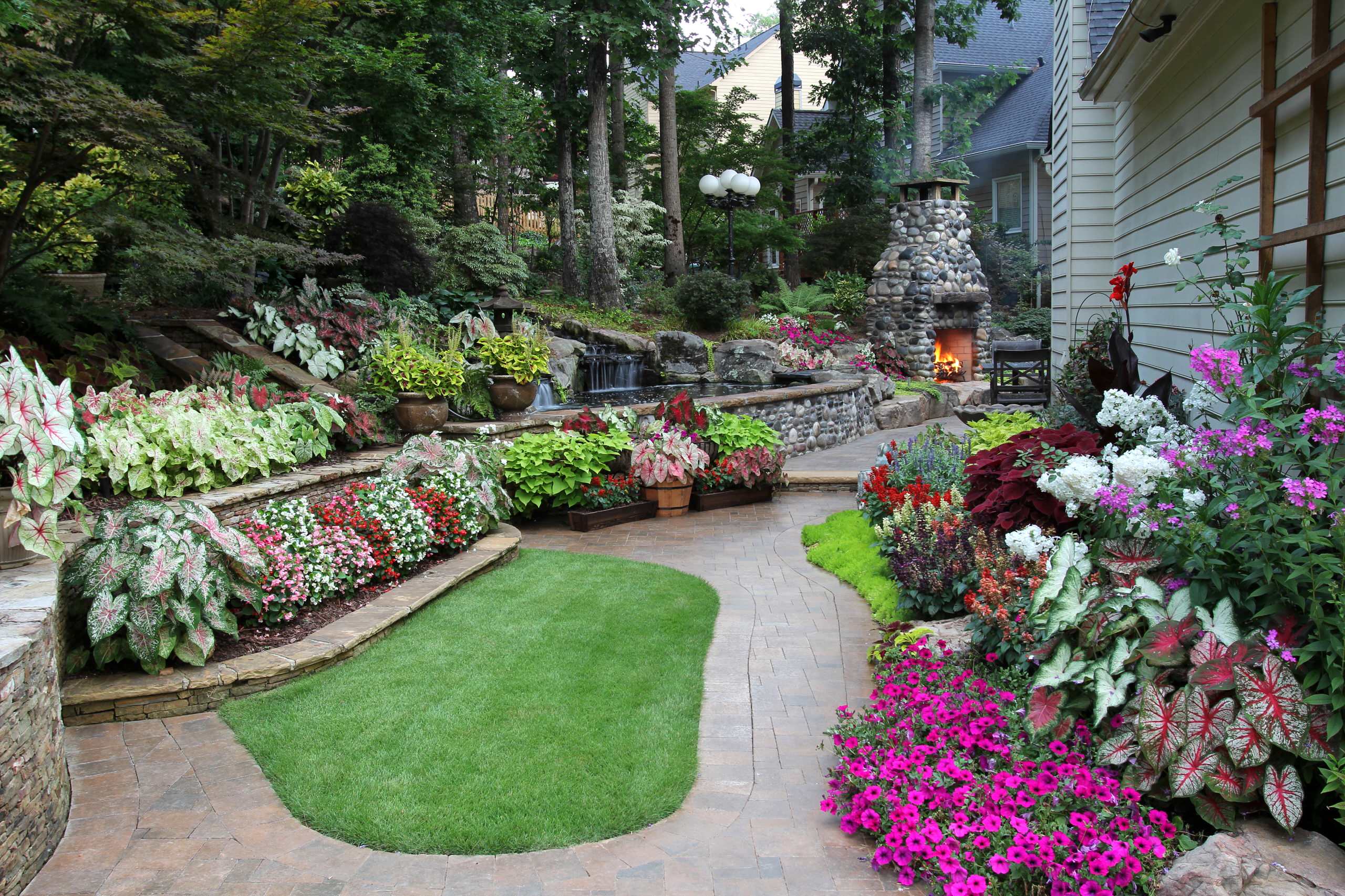
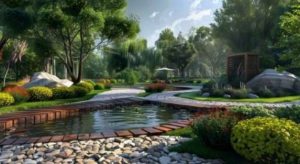
 .
.


